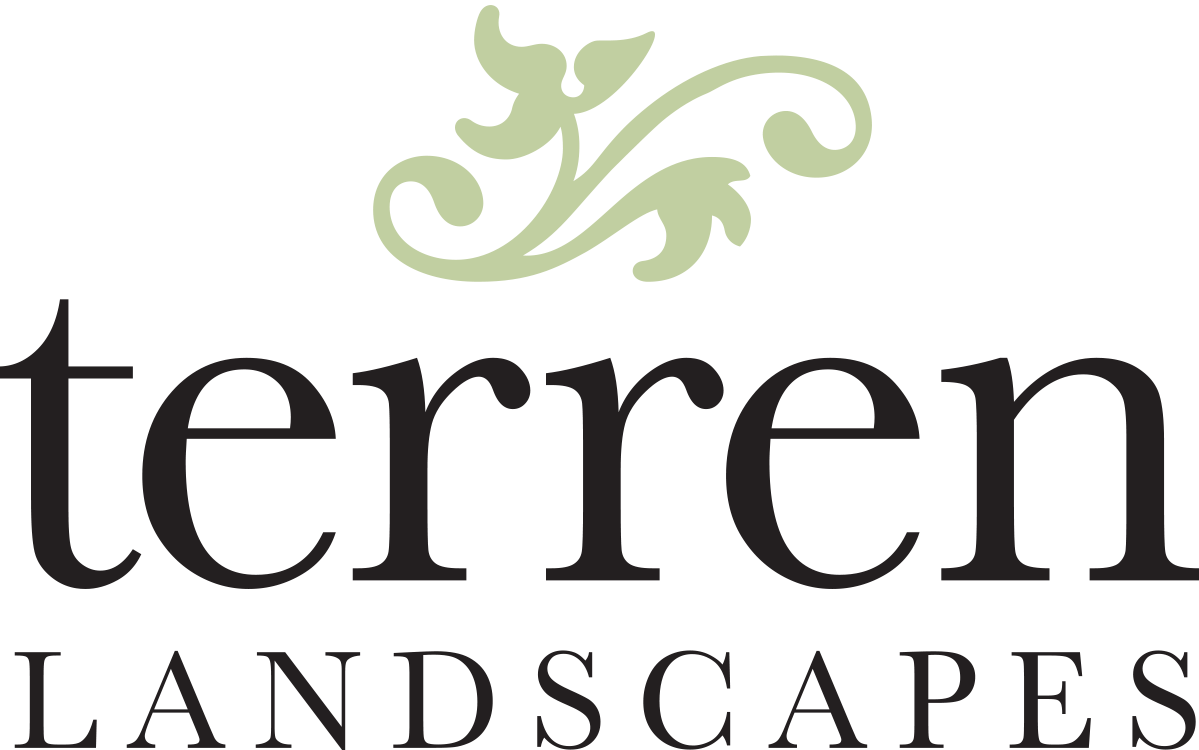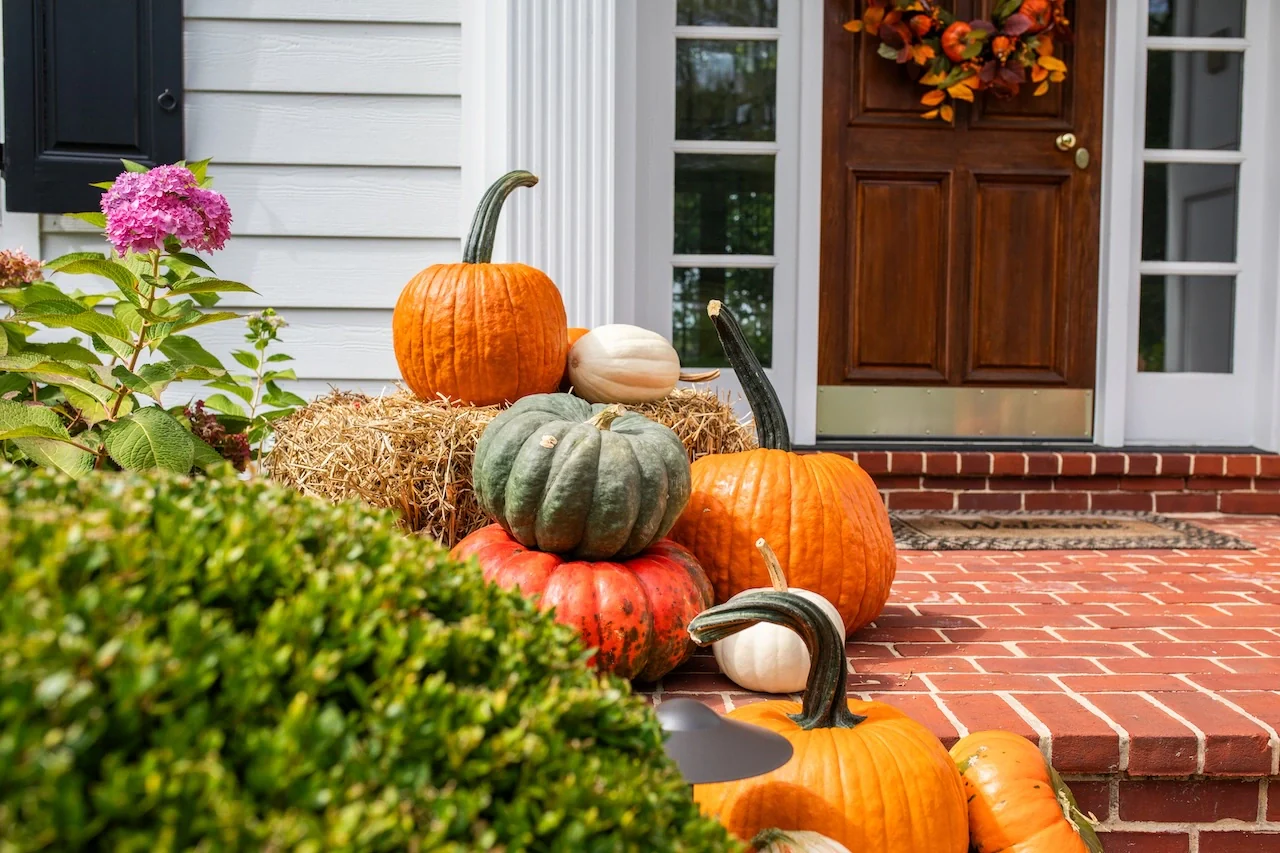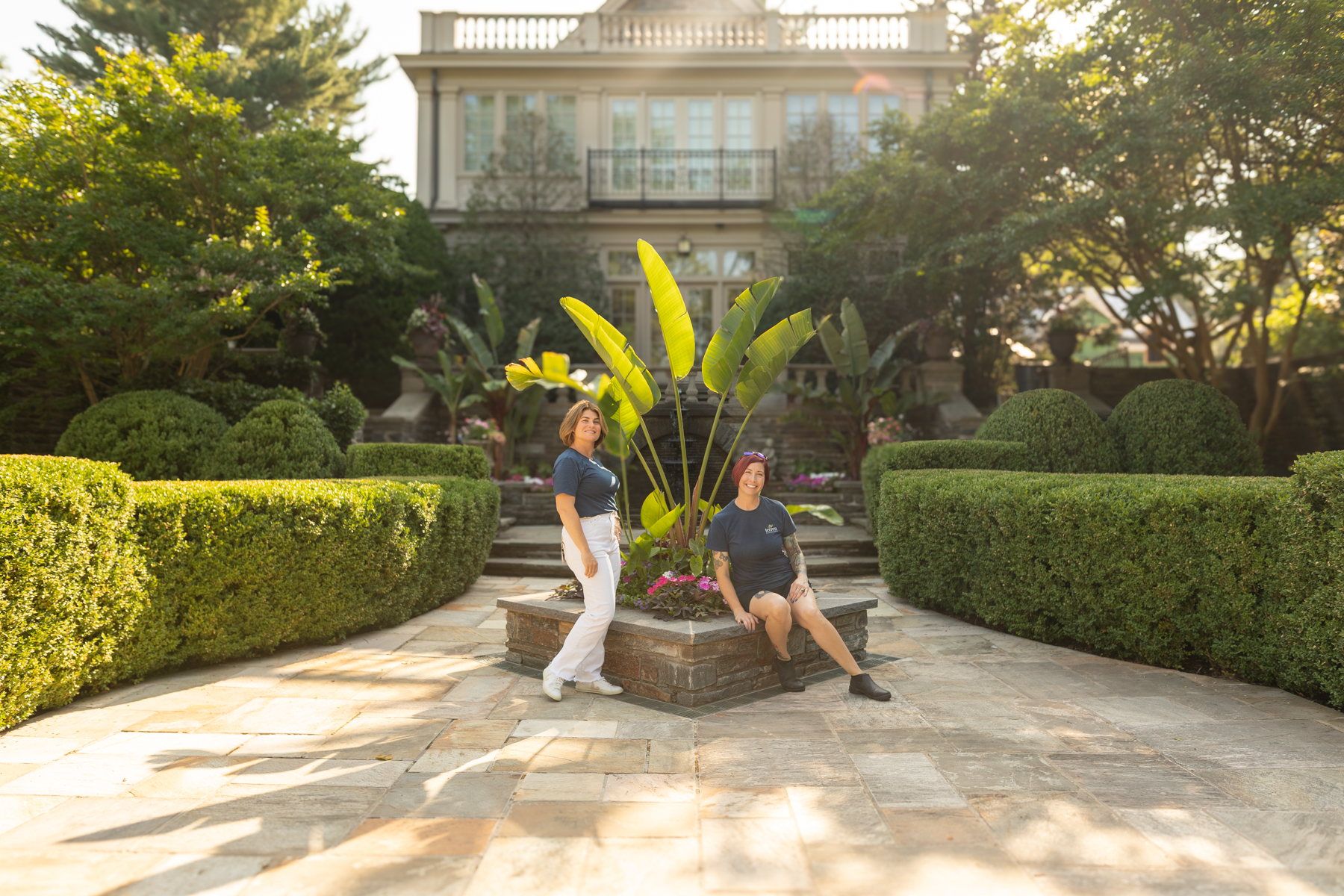Gardens: A Feast for the Eyes & Winged Creatures
With over 300 years of horticultural tradition it’s no wonder the Greater Philadelphia region was recently dubbed America’s Garden Capital. While we have a host of renown botanical experts in this area, we can also thank our winged creatures for lending their efforts to this winning title. Birds, bees, and butterflies are nature’s master craftsmen and their expert skill is pollination. Pollination is the process of transferring pollen grains from the male anther of one flower to the female stigma of another flower and there are two ways this happens: by insects and animals – referred to as biotic pollination or by environmental elements like wind and water which is referred to as abiotic pollination. If your green scape serves the delight of most of these pollinating species, you could be hosting guests to a meal in your backyard as you’re reading this lovely little article.

A Bumblebee’s Brunch. The Coneflower produces pollen favored by bees and produces seeds that are favored by the American Goldfinch. Photo by J.Lipartito

A Nose for Nectar. Hummingbirds love the sweet nectar of the Salvia flower. also known as Meadow Sage. Photo by M.Stovall
The Honey Bee
The honey bee is attracted to brightly colored, day blooming flowers and they favor a patch of singular blossoms with one ring of petals because they offer more pollen. Collecting pollen is how the honey bee community earns a living. The worker bee collects pollen, forms it into a ball and brings it back to the queen. This stimulates the queen bee’s ovaries and the eggs she then produces are laid into that same ball of pollen. When the offspring emerge, the protein-rich pollen they’re encased in becomes their main food source. These young bees will later become the next generation of workers.

Table for Two. These Ruddy Copper butterflies are dining on a pad cluster of yarrow which is also deer-resistant.
The Butterfly
The butterfly chooses it’s dining spot not for the food- but for the cocktails. They sip nectar from a straw-like tube in their mouths. Another interesting fact is they taste with their feet. So once they land on a petal, they know exactly how the nectar of a flower will taste. And the ability to come in for a landing is important too. Just like bees, butterflies prefer blossoms with a single layer of petals growing in clusters as they make great landing pads.
The Hummingbird
The hummingbird decides on a flower according to color and shape. They are attracted to bright colored blooms with tubular petals because they hold the most nectar. Their beaks give them the ability to come in close and pump the nectar out with their tongue at a rate of 20 laps per second. Talk about a fast and fierce appetite! With most of their energy spent flying, they have to consume twice their weight in nectar and insects everyday just to survive.
Nature’s Prep Chefs
It is said that eighty percent of all plants rely upon pollination for survival and one out of every three bites of food is made possible by the pollination process. Do you love avocados? How about cabbage, watermelons, coconuts, berries, apples, chocolate…how about that e grass-fed beef? Let’s not forget the herbs, seeds and spices we use to flavor our favorite foods and all are made possible by the winged creatures we see everyday. You can think of them as the resident “prep chef” in your garden.
A Wild Fascination
Do you have a wild fascination with nature like we do? If you are interested in finding out how your landscape can better serve a tantalizing cuisine for these delightful little creatures, give us a call!
With access to the best quality plants in America’s Garden Capital, our staff of horticultural experts know just what these hungry visitors are looking for!

Alfalfa Flower

Tomato Flower

Apple Blossom

Garlic Chive




